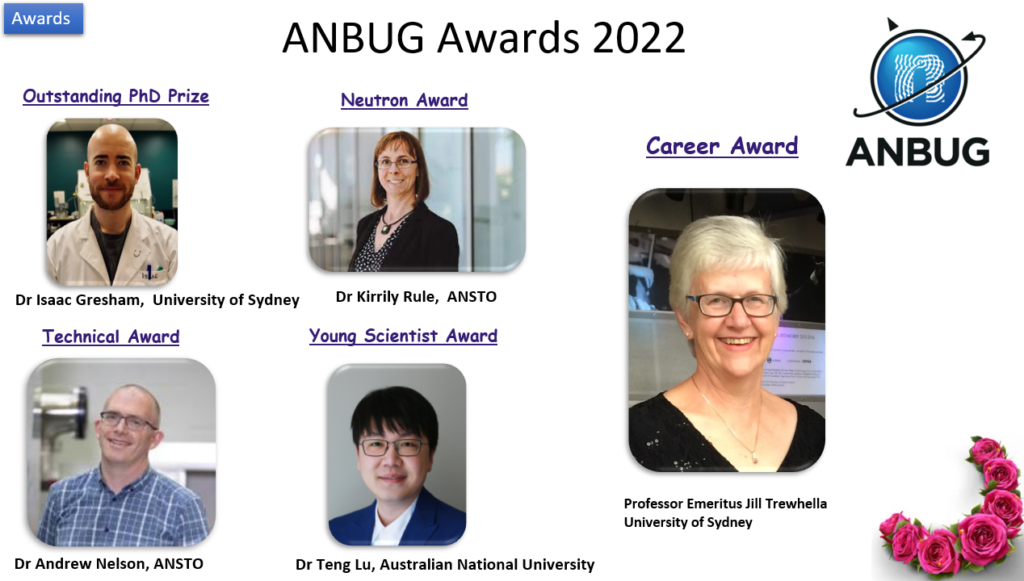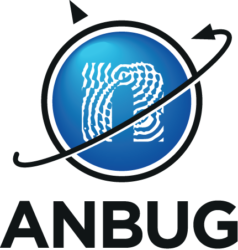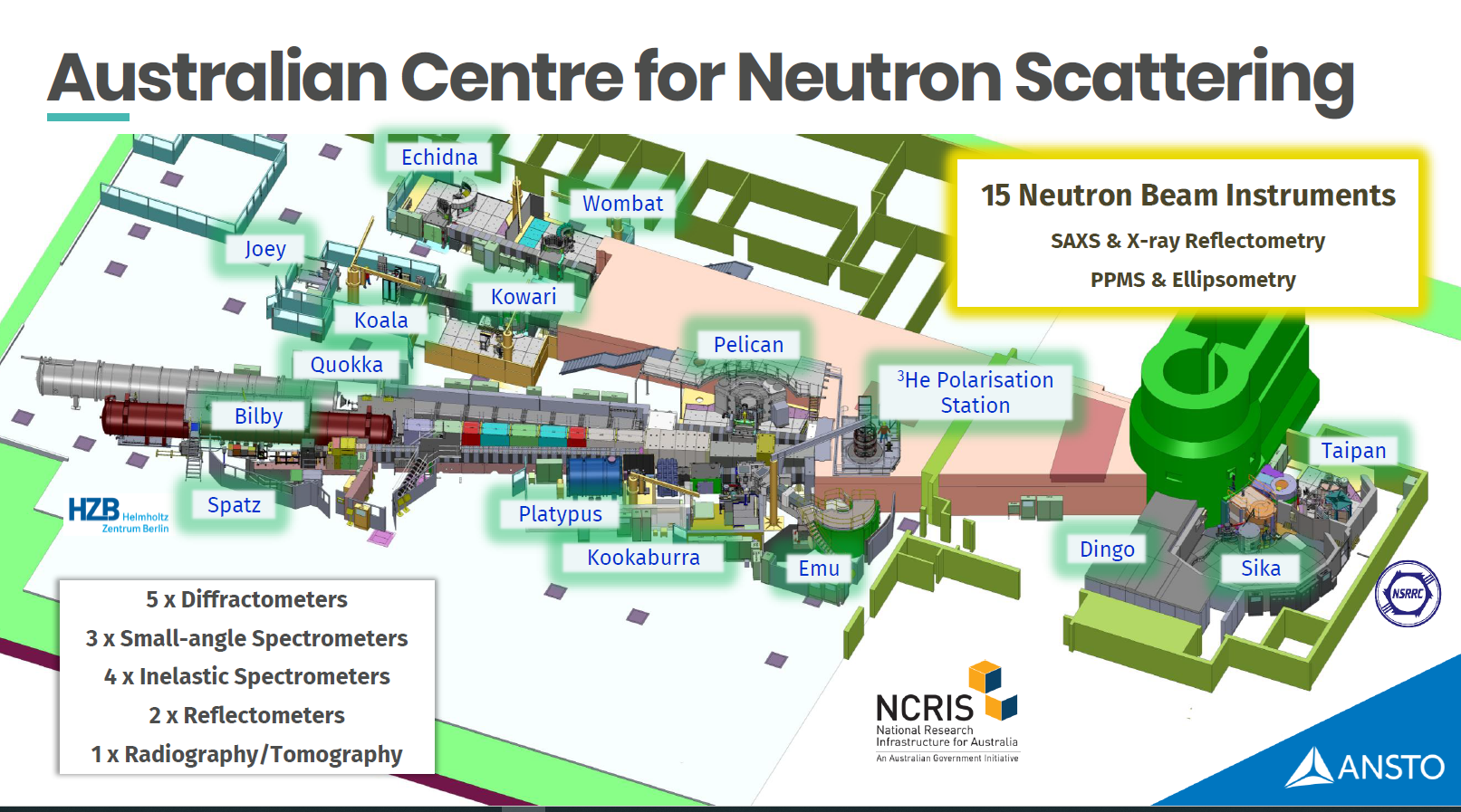The June edition of the Australian Centre for Neutron Scattering Newsletter is available at the link below:
https://www.ansto.gov.au/sites/default/files/2020-06/ACNS_Newsletter_2.pdf
The following is an excerpt of the director’s address from Dr. Jamie Schulz:
Well, the start to 2020 has been an interesting one with catastrophic bushfires and the COVID-19 pandemic which have both affected the user program and the COVID-19 pandemic us all.
On 23rd March ANSTO moved to an essential and critical operations mode with all scientific research infrastructure being shutdown unless they provide supporting functions for essential and critical operations (reactor operation, radiopharmaceutical production, site maintenance etc) or are undertaking COVID-19 related research. ACNS has had an open call for COVID-19 related research using our neutron scattering instruments (see the Beamtime Applications section). Since then the OPAL reactor continued to operate whilst the neutron scattering instruments were shut down and ACNS staff are mainly working from home.
Another direct impact of the COVID-19 pandemic was the postponement of the OPAL long shutdown that was scheduled to occur in June 2020. The primary reason for the OPAL long shutdown is to replace the TG123 primary shutter which feeds neutrons to the thermal neutron beam instruments in the Neutron Guide Hall. The benefits of TG123 primary shutter replacement are two-fold, firstly the in-pile neutron guides have deteriorated and we have observed a decrease in neutron flux on the thermal instruments and secondly to install the TG2 neutron guide which will provide 2 additional beamlines for new instruments. Given the likely impact of COVID-19 was expected to be at least a year a decision was made to postpone the long shutdown to June 2021. The OPAL reactor schedule to the end of 2021 is available here.
We commenced the return to the ANSTO site on Monday 25th May and we are currently undertaking maintenance, upgrades and commissioning activities now to ensure number of days available for our users is maximised later in the year as travel restrictions ease. The ACNS user program will recommence after the scheduled OPAL reactor shutdown finishes on the 23rd June.
We will start with the current backlog of proposals that were not able to be run due to COVID-19 travel restrictions and the ANSTO shutdown, initially using mail-in and then progressively to Sydney-basin users, interstate users, New Zealand users (if the Australia-New Zealand travel bubble is created) and finally international users. We have number of upgrade projects underway including: installation of a high-resolution detector on Bilby to allow measurements to lower Q; a redesign and upgrade of Koala Laue Diffractometer; two Australian Research Council (ARC) LinkageEquipment and Facilities Grants both being lead by the University of New South Wales for rheometry and high-pressure sample environment equipment; NSW Research Attraction and Acceleration Program Grant for an in-situ Laser Metal Deposition System; and finally $6.7M from the Australian Governments Research Infrastructure Investment Plan for equipment replacement and upgrades in 2021-22.
Stay safe and we are looking forward to seeing you again at ANSTO soon.
Dr Jamie Schulz







